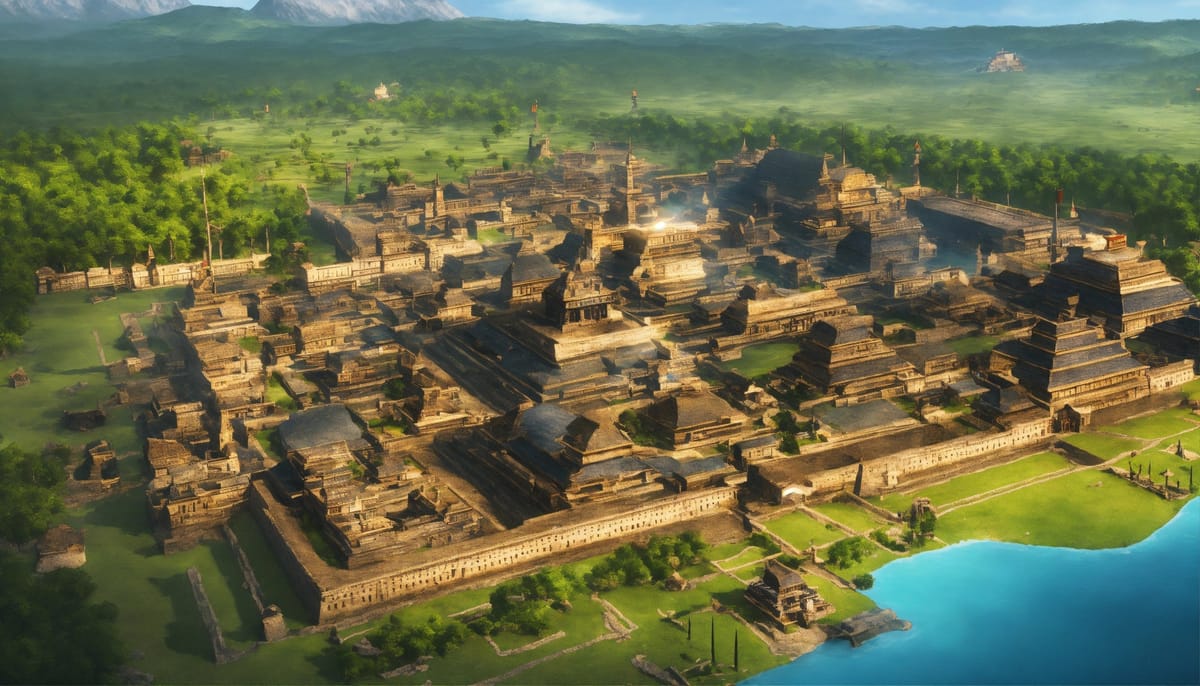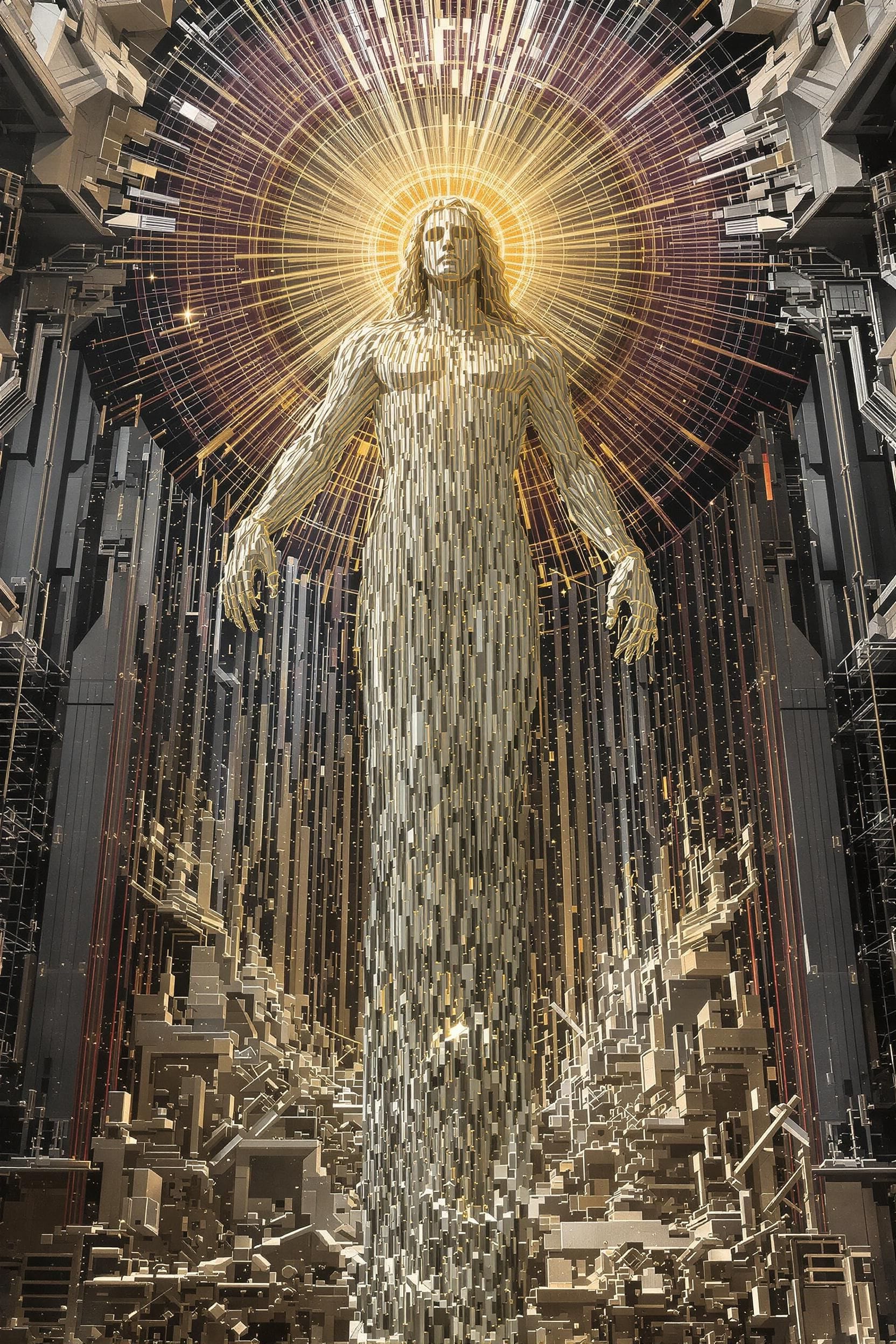The Blossoming Legacy: Unraveling the Growth of the Vijayanagara Empire
This blog post will delve into the fascinating tale of the Vijayanagara Empire's growth, exploring the key factors that contributed to its rise and the legacy it left behind.

Introduction:
Nestled amidst the Deccan Plateau, the Vijayanagara Empire stands as a testament to the splendour and resilience of medieval South India. Emerging in the 14th century, the empire experienced a remarkable journey of growth, transforming into a cultural, economic, and military powerhouse that left an indelible mark on Indian history. This blog post will delve into the fascinating tale of the Vijayanagara Empire's growth, exploring the key factors that contributed to its rise and the legacy it left behind.
Foundations of the Vijayanagara Empire:
The Vijayanagara Empire was established in 1336 by Harihara I and Bukka Raya I, two brothers who served under the Kakatiya dynasty. The kingdom's foundation was laid on the banks of the Tungabhadra River, and it quickly became a bastion of Hindu culture and tradition. The early rulers, guided by sage Vidyaranya, adopted a policy of religious tolerance that allowed the empire to flourish in a diverse cultural landscape.
Economic Prosperity:
One of the pillars of Vijayanagara's growth was its robust economy. The empire's strategic location allowed it to control key trade routes, fostering commerce and trade. Hampi, the capital city, became a thriving center for markets and bazaars, attracting merchants from across the globe. The empire's agrarian prowess, coupled with flourishing trade, contributed significantly to its economic prosperity.
Military Might:
The Vijayanagara Empire's growth was accompanied by military prowess, which was crucial to its survival and expansion. The brilliant strategies of commanders like Bukka Raya II and Krishnadevaraya secured the empire's frontiers and expanded its territories. The military success was not just limited to defense; the empire launched successful campaigns against the Bahmani Sultanate and other regional powers, further solidifying its dominance.
Architectural Marvels:
The Vijayanagara rulers were not only adept in warfare but also patrons of art and architecture. The empire boasts a plethora of magnificent temples, palaces, and monuments that stand as a testament to its cultural richness. The Virupaksha Temple, Vittala Temple, and Hazara Rama Temple are just a few examples of the architectural marvels that continue to captivate historians and tourists alike.
Cultural Renaissance:
Vijayanagara witnessed a cultural renaissance during its heyday. The rulers, particularly Krishnadevaraya, were great patrons of literature, music, and dance. The Kannada and Telugu languages flourished, and the courts of Vijayanagara were adorned with poets, scholars, and artists. The empire's cultural vibrancy played a pivotal role in shaping the identity of South India.
Decline and Legacy:
Like all empires, Vijayanagara faced challenges, including internal conflicts and external invasions. The Battle of Talikota in 1565 marked a significant turning point, leading to the empire's decline. Despite its fall, the Vijayanagara Empire's legacy endured.
Its contributions to art, architecture, and culture continue to be celebrated, and the ruins of Hampi are a UNESCO World Heritage Site, preserving the memory of this once-mighty empire.
Conclusion:
The growth of the Vijayanagara Empire remains a captivating chapter in Indian history, marked by economic prosperity, military prowess, cultural richness, and architectural splendour. The empire's legacy endures not just in the stones of Hampi but in the cultural fabric of South India.
As we delve into the annals of history, the Vijayanagara Empire stands tall as a shining example of the grandeur that was once woven into the fabric of the Deccan Plateau.
Check out these amazing content from Bookspotz:






















